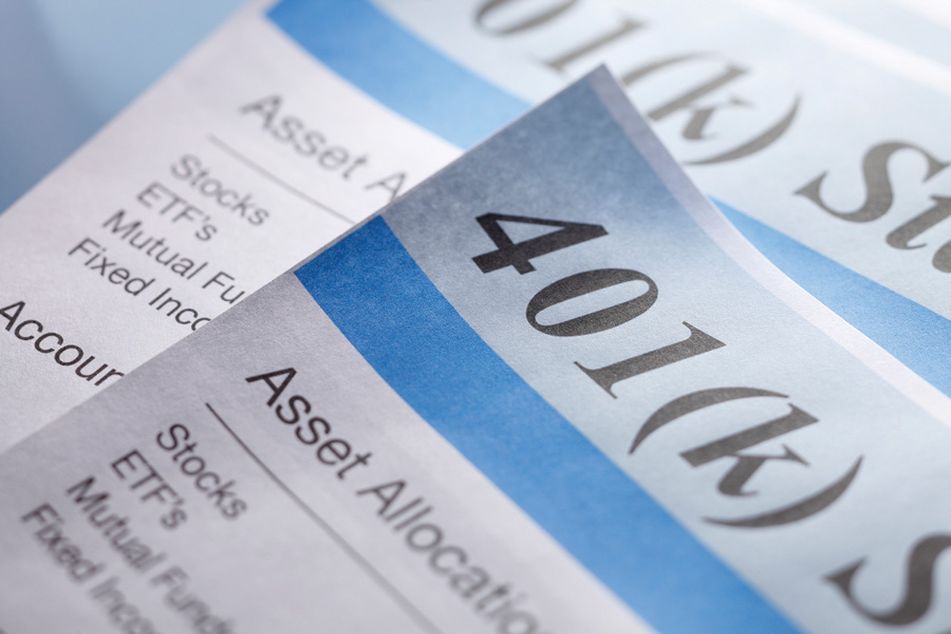COVID-19 401(k) loans end with a fizzle

Workers were mostly uninterested in the expanded $100,000 loan limit, according to recently released data
The expanded 401(k) loan provisions under the CARES Act have come and gone — and few people have likely noticed.
Today is the deadline for taking out loans against a 401(k), up to $100,000, if employers allowed the new limit in their plans. The increased loan-size provision was part of a package to provide financial relief to people who have been affected by COVID-19.
But very few have taken out loans, especially in the expanded amount allowed by the CARES Act, according to several 401(k) record keepers that track the data.
Fewer plan participants appear to have initiated new loans amid the pandemic, although the average size of the loan has increased. Data from Fidelity Investments show that 8.2% of participants had taken out loans over the past 12 months, as of the end of the second quarter of 2020, down from 9.2% a year earlier. Further, a smaller percentage of workers have 401(k) loan balances, at 18.9%, compared with 20.1%, according to Fidelity.
Those figures are also down significantly from five years ago — as of the second quarter of 2015, 10.2% of workers had initiated loans in the past 12 months, and 22.1% had balances, the company stated.
Similarly, a report this month from Principal Financial shows that new loan requests by participants were down 23% in August, compared with August 2019. However, the average size of the loan being requested is 20% higher, according to Principal.
Another record keeper, Alight Solutions, reports that so few plan sponsors have allowed the expanded amount of loans under the CARES Act provisions that the firm has no representative data.
About 55% of plan sponsors in Principal’s book of business have approved CARES Act relief for participants, with 93% of those that did allowing COVID-19 related distributions, or CRDs, implementing a required-minimum distribution waiver and bumping up the maximum loan size.
With the expanded $100,000 limit for plan loans sunsetting, the old limit of $50,000 will now apply.
As of the end of August, 3.2% of participants in Principal’s plans had taken a CRD, with the average amount of the distribution at $16,500, according to that firm. CRDs are not subject to the normal 10% penalty for early withdrawals and can be taken from eligible 401(k)s, 403(b)s and IRAs. Taxes on those distributions can also be spread over three years, and people can also repay the money to their accounts during that time.
People how have been affected by COVID-19 can apply for CRDs, provided that their plan sponsor permits the special CARES Act distributions. Eligibility for those distributions is broad, as it applies to people who have tested positive for COVID-19, have a spouse or dependent who tested positive or have experienced financial consequences from the pandemic, including having reduced work hours or resulting from being quarantined, according to the IRS.
The last day to take a CRD is Dec. 30.
Learn more about reprints and licensing for this article.








